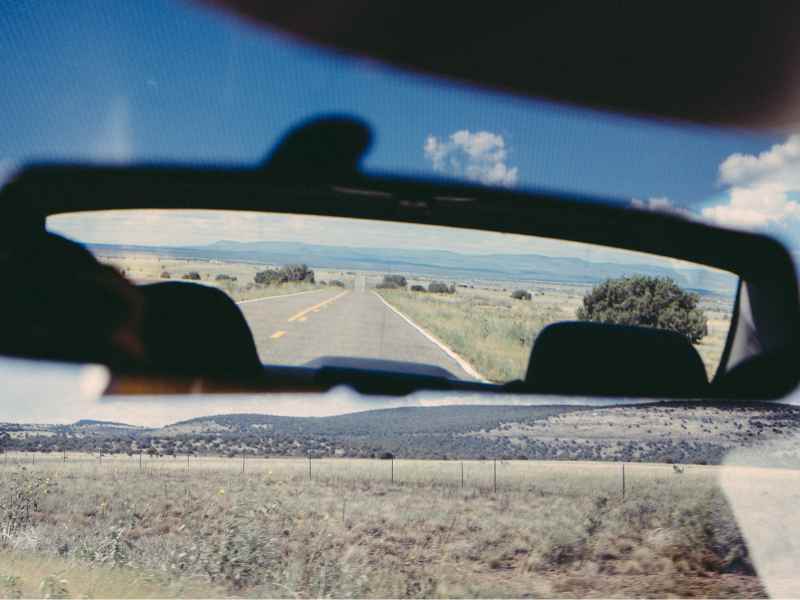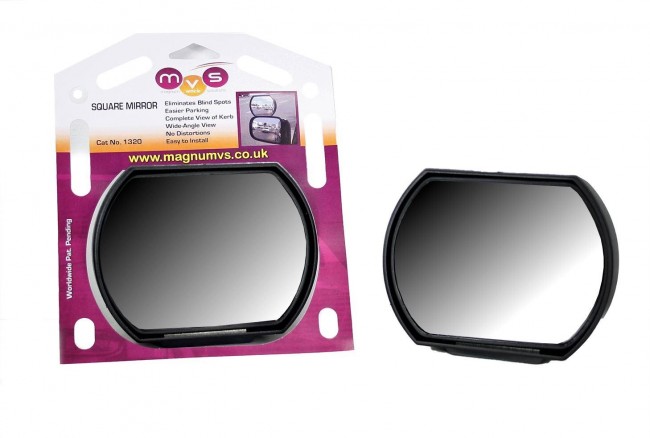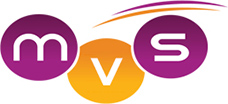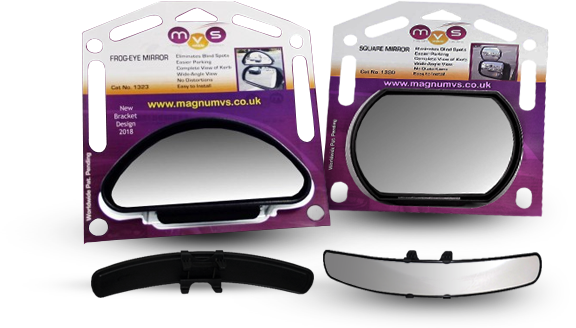Understanding the Regulations and Standards for Vehicle Mirrors and Lighting
7th Mar 2023
Blind Spot MirrorsDriving is an integral part of daily life in the UK, with millions of drivers on the roads every day. As a result, vehicle safety is of utmost importance, and one aspect that is often overlooked is the regulations and standards for vehicle mirrors and lighting.
In this blog post, we will explore the regulations and standards for vehicle mirrors and lighting in the UK, and why they are so important for drivers.
Vehicle Mirrors Regulations and Standards

The regulations for vehicle mirrors in the UK are laid out in the Road Vehicles (Construction and Use) Regulations 1986. These regulations state that every vehicle must be fitted with at least two mirrors that provide a view of the road behind the driver. In addition, the mirrors must be positioned in such a way that the driver can see the road behind them and to the side.
The regulations also require that the mirrors be kept clean and in good condition.This is to ensure that the driver has a clear view of the road behind them, and any obstructions or defects in the mirror could hinder their ability to drive safely.
There are also standards that must be met when it comes to the quality of the mirrors. The British Standard BS 857:1967 states that mirrors must be made of safety glass, and that they must be able to withstand a certain amount of impact without breaking. This is to ensure that the driver is protected in the event of an accident, and that the mirror does not shatter and cause further harm.
Vehicle Lighting Regulations and Standards
The regulations for vehicle lighting in the UK are laid out in the Road Vehicles Lighting Regulations 1989. These regulations cover everything from headlights and brake lights to indicators and number plate lights. The regulations require that all vehicles must have lights that are visible from a certain distance, and that they must be fitted in the correct positions.
The regulations also require that the lights be kept clean and in good condition. This is to ensure that the driver can see the road ahead clearly, and that other drivers can see the vehicle from a distance. In addition, the lights must be of a certain brightness, so that they can be seen clearly in daylight as well as at night.
There are also standards that must be met when it comes to the quality of the lights. The British Standard BS AU 182a:1986 states that headlights must be able to illuminate the road ahead to a certain distance, and that they must be able to be adjusted to prevent dazzling other drivers. Brake lights must also be bright enough to be seen clearly in daylight, and they must be able to be seen from a certain distance.
Why are Regulations and Standards Important?
The regulations and standards for vehicle mirrors and lighting are important for a number of reasons. Firstly, they help to ensure the safety of drivers and other road users. By ensuring that all vehicles are fitted with mirrors and lights that meet certain standards, the risk of accidents is reduced.
Secondly, the regulations and standards help to create a level playing field for all vehicle manufacturers. By setting minimum standards for mirrors and lighting, all manufacturers must meet these standards, which ensures that all vehicles on the road are safe and reliable.
Magnum Blind Spot Mirrors

Currently Magnum is both supplying and working in conjunction with various UK police forces, Highways Agency, Driving Standard Agency, Queen Elizabeth Foundation, Mobility and Public Carriage Office.
The Magnum Vehicle Solutions range of Blind Spot Mirrors are as effective as having a second wing mirror, designed with the professional driver in mind.
Our own range of safety and blind spot mirrors include the Magnum Frog Eye blind spot mirror, a best-selling blind spot mirror. As well as the Magnum Prizma Panoramic Mirror which is Driving Standard Agency Approved and Magnum Square Eye Safety Blindspot Towing Clip-on Mirror .
Made from top quality German optical glass and using anti glare technology. The mirror is designed specifically to increase vision and eliminate blind spots, and therefore making driving safer for both passengers, pedestrians, cyclists and motorcyclists.
The benefits include easier parking, a complete view of kerb, a full wide angle view, no distortion, and elimination of blind spots plus being very easy to install. Ideal for use on PCV D1, D1 & E Minibus Training & B & E Car & Trailer Training.






